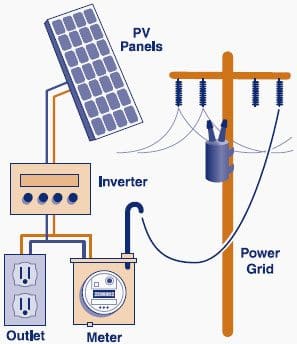

In addition, such tools can help distribution system operators (DSOs) to optimise their long-term investments, considering the flexibility potential of Distributed Energy Resources (DER) as an alternative to network reinforcement, including in grid-planning activities.Ĭonsiderable investment and progress has been made in electric vehicle public infrastructure, which continued to grow significantly in 2022, rising by more than 75% during the year. These are able to exploit the potential of the increasing volumes of flexibility resources such as small-scale renewables plants, EV charging points and battery energy storage systems to solve local network issues for short-term grid needs, such as voltage regulation and congestion management. Investment in digitalisation in distribution also includes specific digital tools, such as Distributed Energy Management Systems (DERMS). The distribution sector accounts for around 75% of all investment in grid-related digital infrastructure, through the rollout of smart meters and the automation of substations, feeders, lines and transformers via the deployment of sensors and monitoring devices. Innovative digital infrastructure is gaining prominence in electricity grids, both in distribution and transmission, with around 7% growth in investment in 2022 compared to 2021. Despite the deployment of residential smart meters having advanced in recent years and even having reached 100% in some economies, such as China, the share is still very low in many countries. While the transmission grid is already well-digitised, digitalisation of the distribution grid is still lagging in many countries, limiting the availability of real-time information. Real‐time knowledge of system health through the use of smart grid technologies allows for fuller utilisation of existing resources, enables networks to operate closer to their true limits without sacrificing reliability, and makes it easier to contain system failures into smaller areas and prevent cascading power outages.


Meanwhile, deployment of variable renewables and electrification of other sectors is moving fast, leading to strains and pressures in power systems. This results in long lead times for these projects. Line route plans and reports have to be drawn up covering the entire length of the network, conditions and specifications have to be assessed, and stakeholders must be engaged. Over the coming decade, transmission and distribution grids are expected to capture a rising share of total power sector investment in the NZE Scenario, in recognition of their critical role in supporting modern power systems and clean energy transitions.īuilding electricity networks, especially high-voltage interconnections, is very complex, both in terms of permitting and construction. With around 80 million km of transmission and distribution lines in place world wide today, electricity networks are the backbone of secure and reliable power systems.
CONNECTIVITY FOR POWER UTILITY GRIDS UPGRADE
The United States announced in 2022 the Grid Resilience Innovative Partnership (GRIP) Program, with a funding opportunity of USD 10.5 billion to support the upgrade and expansion of US electric grids.India launched in 2022 an INR 3.03 trillion (Indian rupees) (~USD 38 billion) scheme to support power distribution companies and improve distribution infrastructure.Japan announced in 2022 a funding programme of USD 155 billion to promote investments in smart power grids.China plans to modernise and expand its power grids with USD 442 billion in investments over the period 2021-2025.The Commission expects about EUR 584 billion (USD 633 billion) of investments in the European electricity grid by 2030, of which EUR 170 billion (USD 184 billion) would be for digitalisation (smart meters, automated grid management, digital technologies for metering and improvement on the field operations). The European Commission presented the EU action plan “ Digitalisation of the energy system” at the end of 2022.Countries and regions making notable progress in deploying smart grids include:


 0 kommentar(er)
0 kommentar(er)
